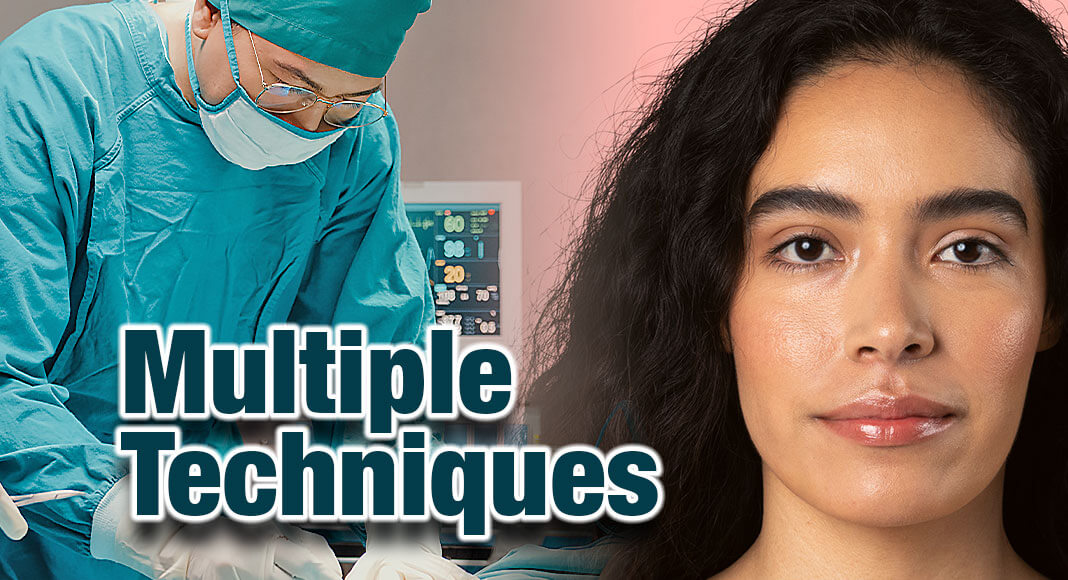
Mega Doctor News
By Wolters Kluwer Health: Lippincott
Newswise — The composite tissue transfer techniques used and refined in face transplant surgery may also be used to perform microsurgical replantation – using the person’s own tissues – in patients with other types of severe facial injuries, suggests a clinical report in The Journal of Craniofacial Surgery. The journal, under the guidance of Editor-in-Chief Mutaz B. Habal, MD, is published in the Lippincott portfolio by Wolters Kluwer.
Kwang Seog Kim, MD, and colleagues of the Department of Plastic and Reconstructive Surgery at Chonnam National University Medical School, Gwangju, Republic of Korea, report the successful use of facial transplant techniques for “autotransplantation” of avulsed facial tissues. “[We] suggest that the indication spectrum for microsurgical replantation should be expanded beyond current clinical practice,” the researchers write.
Composite tissue flaps should be a ‘top priority option’ – when possible
Dr. Kim and colleagues describe their experience with a 56-year-old man who sustained a severe injury of the upper face in a traffic accident. The patient had an avulsion injury, with a 6- by 8-centimeter area of skin and underlying subcutaneous tissue torn off the face, leaving exposed bone below.
Typically, surgeons reconstruct these types of injuries using flaps obtained from other areas of the body. But especially in a highly visible area like the face, these techniques have important limitations, in addition to injury to the donor area.
However, Dr. Kim and colleagues were able to follow a different approach, borrowing techniques from facial transplantation. Whereas facial transplants use composite tissue flaps from a deceased donor, the authors were able to perform microsurgical replantation to replace the patient’s own tissue.
This was possible because the avulsed tissue was “clean and intact” and had three visible and available blood vessels (two arteries and a vein). In a relatively short 2-hour procedure performed with the use of an operating microscope, the plastic and reconstructive surgery team reconnected the three vessels to the circulation in the patient’s face.
With medications to protect blood flow and prevent clotting, the patient recovered without postoperative complications. “The replanted composite tissue survived completely,” a first of such autocomposites Dr. Kim and coauthors write. “The result 32 months after the operation was excellent both in terms of aesthetics and function.”
Microsurgical replantation is considered the best method to treat avulsion or amputation of “unique head parts,” such as the scalp, nose, or ear. The report is the first to describe the use of this technique for “substitutable” facial tissues. Because it consisted of different tissue types (skin, subcutaneous tissue, and blood vessels), the replanted specimen was considered a composite tissue flap – like the donor flaps used for facial transplants.
“The present case shows that microsurgical replantation of small facial composite tissues is feasible,” Dr Kim and colleagues conclude. They add, “Therefore, even though an avulsed tissue is substitutable, when the tissue is clean and intact, microsurgical replantation should be considered as a top priority option, especially on the face.”









